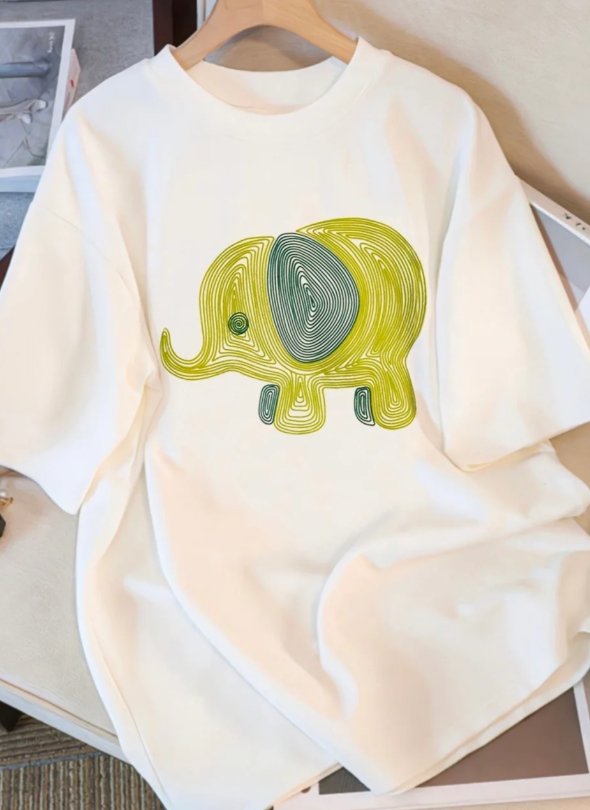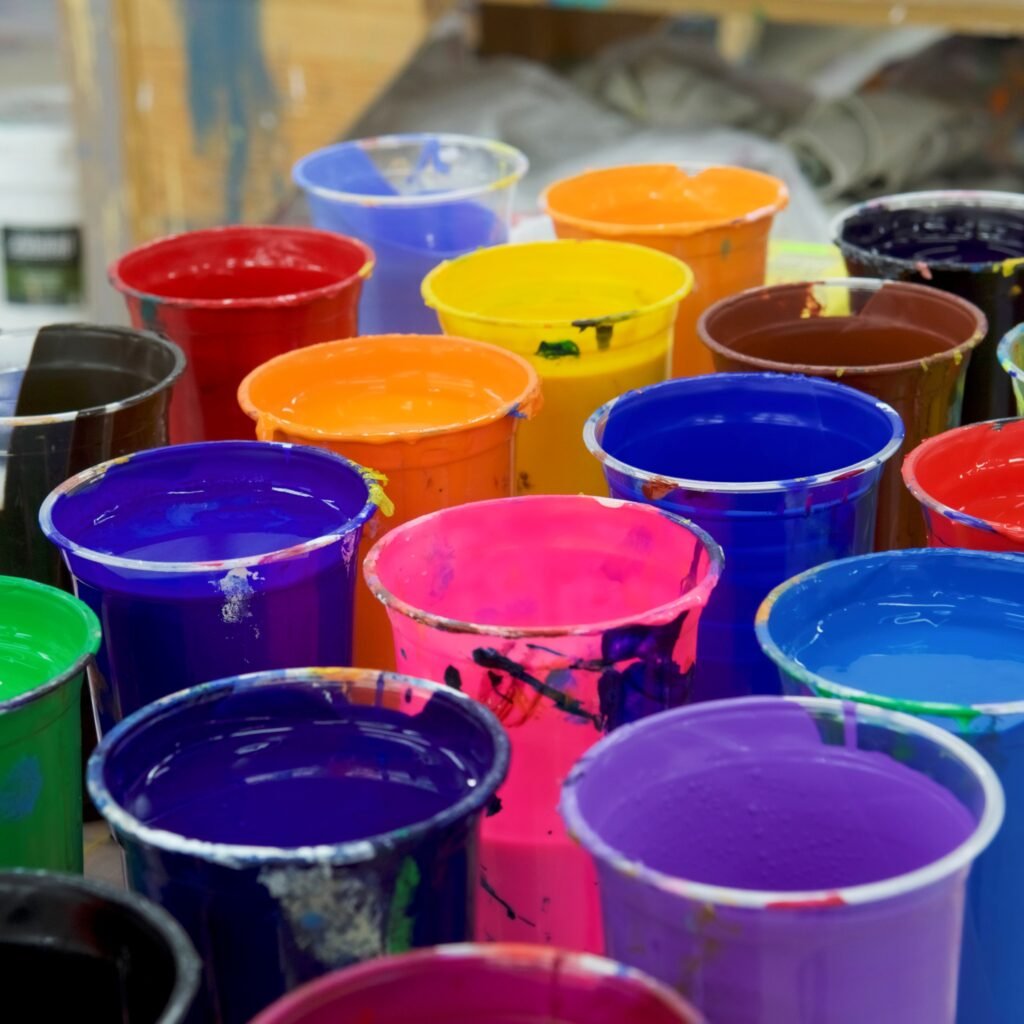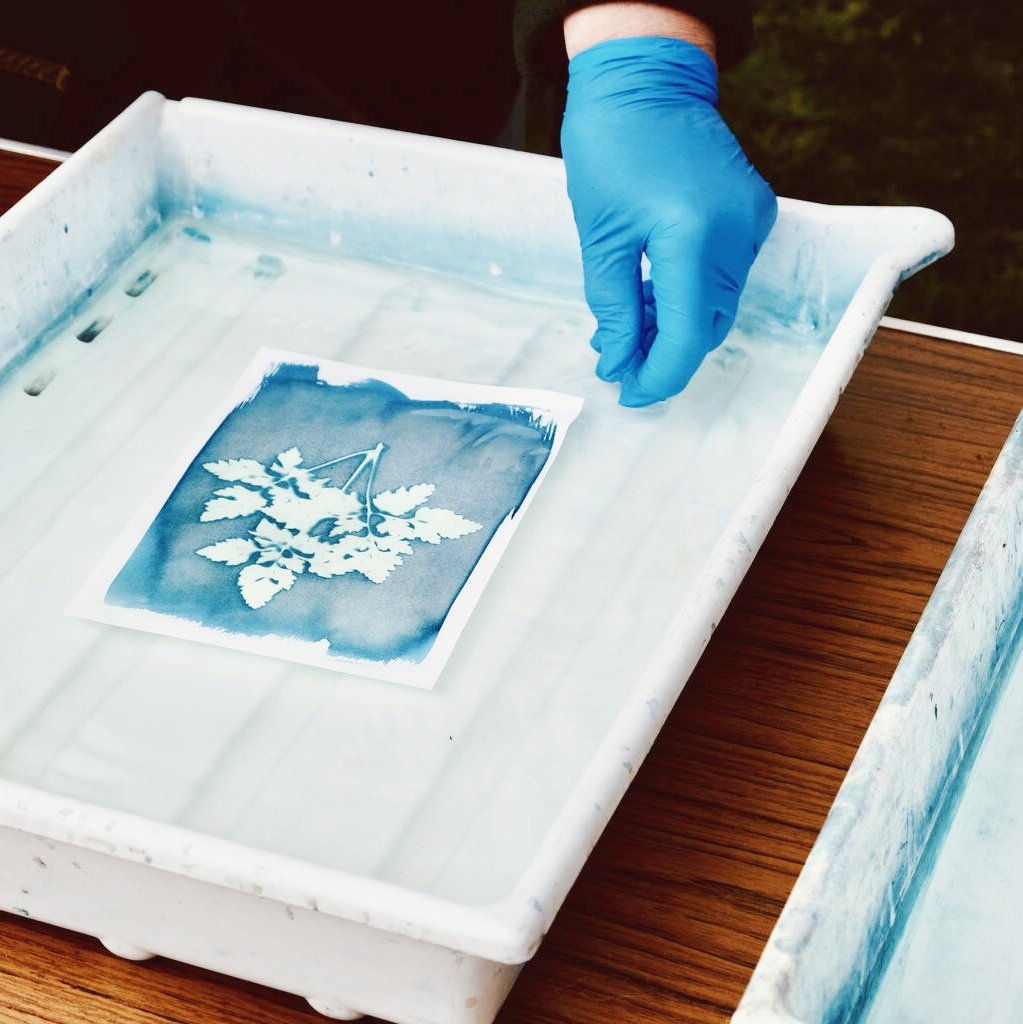When it comes to screen printing, the durability of ink on different fabrics is a crucial factor. Among the various types of inks available, khaki plastisol ink stands out for its versatility and robustness. But how durable is khaki plastisol ink on various fabrics, and what factors influence its longevity? This article delves into the intricacies of khaki plastisol ink durability, exploring its performance across diverse materials and offering practical insights for screen printers.
Understanding Khaki Plastisol Ink
Khaki plastisol ink is a type of pigmented plastic suspension that, when heated, transforms into a flexible and durable print. Unlike water-based inks, plastisol inks are thicker and more opaque, making them ideal for creating vibrant and long-lasting prints. The key to khaki plastisol ink’s durability lies in its formulation, which typically includes resin, pigment, plasticizers, and stabilizers. These components work together to ensure that the ink adheres well to fabrics and maintains its color and integrity over time.
Why Choose Khaki Plastisol Ink?
Khaki plastisol ink is not only durable but also versatile. It can be used on a wide range of fabrics, from cotton and polyester to nylon and blends. Its flexibility and opacity make it an excellent choice for creating bold designs that stand out. Additionally, khaki plastisol ink is relatively easy to work with, offering good coverage and even flow during the printing process.
Durability on Various Fabrics
To fully understand the durability of khaki plastisol ink, let’s examine its performance on different types of fabrics.
Cotton
Cotton is one of the most popular fabrics for screen printing due to its absorbency and softness. Khaki plastisol ink adheres well to cotton, creating a durable print that resists fading and cracking. The ink’s flexibility ensures that it moves with the fabric, maintaining its integrity even after repeated washing and wear.
Polyester
Polyester is a synthetic fabric known for its durability and wrinkle resistance. Khaki plastisol ink performs well on polyester, offering a vibrant and long-lasting print. However, polyester’s smooth surface can sometimes make it challenging for the ink to adhere fully. In such cases, using a primer or adhesive can help improve the ink’s bond to the fabric.
Nylon
Nylon is another synthetic fabric with unique properties that can affect ink durability. While khaki plastisol ink can be used on nylon, it’s important to note that nylon’s high moisture absorption can cause the ink to expand and contract, potentially leading to cracking over time. To mitigate this, screen printers often use a base coat or underbase to stabilize the print and enhance durability.
Blends
Fabric blends, such as cotton-polyester mixes, offer a combination of properties from both materials. Khaki plastisol ink generally performs well on blends, providing a durable print that balances the softness of cotton with the durability of polyester. However, the specific blend ratio can affect the ink’s adherence and durability, so it’s essential to test prints on samples before committing to a large production run.
Factors Influencing Durability
While khaki plastisol ink’s formulation is critical to its durability, several other factors can impact its performance on various fabrics.
Printing Technique
The printing technique used can significantly affect the durability of khaki plastisol ink. Proper ink deposition, pressure, and cure temperature are all crucial factors. Over-inking or under-inking can lead to poor adhesion and reduced durability. Similarly, improper cure temperatures can cause the ink to cure incompletely, resulting in softer prints that are more susceptible to wear and fading.
Fabric Pretreatment
Pretreating fabrics before printing can enhance the durability of khaki plastisol ink. Pretreatment processes, such as washing, drying, and applying an adhesive or primer, can improve the fabric’s ability to accept ink and ensure better adhesion.
Post-Printing Care
Once printed, fabrics require proper care to maintain the durability of khaki plastisol ink. Washing and drying instructions should be followed carefully to avoid exposing prints to excessive heat or harsh chemicals that could degrade the ink.
Comparing Khaki Plastisol Ink with Other Inks
To further illustrate khaki plastisol ink’s durability, it’s helpful to compare it with other types of inks commonly used in screen printing.
Water-Based Inks
Water-based inks are thinner and more transparent than plastisol inks, offering a softer hand and better breathability on fabrics. However, they tend to be less durable, especially on synthetic fabrics, and are more susceptible to fading and cracking over time.
Discharge Inks
Discharge inks work by removing the color from the fabric’s fibers, creating a lighter print area. While they offer a unique look, discharge inks are limited to light-colored fabrics and can be less durable than plastisol inks, especially on heavy-duty materials.
UV-Curable Inks
UV-curable inks are becoming increasingly popular due to their eco-friendly nature and fast drying times. These inks are highly durable and can produce vibrant prints on a variety of fabrics. However, they require specialized equipment for curing, making them less accessible to some screen printers.
Products and Brands to Consider
When shopping for khaki plastisol ink, several products and brands offer high-quality options tailored to different printing needs.
Jars for Plastisol Ink
Storing khaki plastisol ink in airtight, light-resistant jars can help preserve its quality and extend its shelf life. Look for jars specifically designed for plastisol inks, such as those with wide mouths for easy scooping and tight-fitting lids to prevent evaporation and contamination.
Keenworth Plastisol Ink
Keenworth is a reputable brand known for producing high-quality plastisol inks, including khaki shades. Their inks are formulated to provide excellent coverage, opacity, and durability, making them a popular choice for screen printers.
Kelly Green Union Ink Plastisol
While not specifically a khaki shade, Kelly Green Union Ink Plastisol serves as an excellent example of the vibrant and durable prints that can be achieved with plastisol inks. Union Ink offers a wide range of colors, including custom shades, to meet various printing needs.
Koala Brown PMS Wilflex Plastisol Ink
Koala Brown PMS Wilflex Plastisol Ink demonstrates the precision and consistency of PMS-matched inks. Wilflex is a trusted brand in the screen printing industry, known for producing inks that meet stringent color accuracy standards while maintaining excellent durability.
Case Study: A Practical Application
To illustrate khaki plastisol ink’s durability in a real-world application, let’s consider a case study from a local screen printing shop.
Project Brief
The shop was tasked with printing khaki-colored logos on a batch of polyester workwear uniforms for a construction company. The uniforms needed to be durable, with prints that could withstand repeated washing and wear in harsh environments.
Printing Process
The shop chose khaki plastisol ink from a reputable brand, pretreated the fabrics with an adhesive to enhance ink adhesion, and used a high-pressure, high-temperature printing technique to ensure proper ink deposition and cure.
Results
After printing and curing, the uniforms were tested under various conditions, including repeated washing, exposure to sunlight, and physical wear. The khaki plastisol ink prints showed excellent durability, maintaining their color and integrity throughout the testing period. The client was highly satisfied with the results and placed additional orders for future projects.
Conclusion
In summary, khaki plastisol ink offers excellent durability on various fabrics, making it a popular choice for screen printers. Its formulation, combined with proper printing techniques and fabric pretreatment, ensures that prints remain vibrant and intact even after repeated washing and wear. When selecting khaki plastisol ink, consider reputable brands and storage solutions to preserve its quality. With careful planning and execution, screen printers can achieve durable, long-lasting prints that meet their clients’ expectations and stand the test of time.



